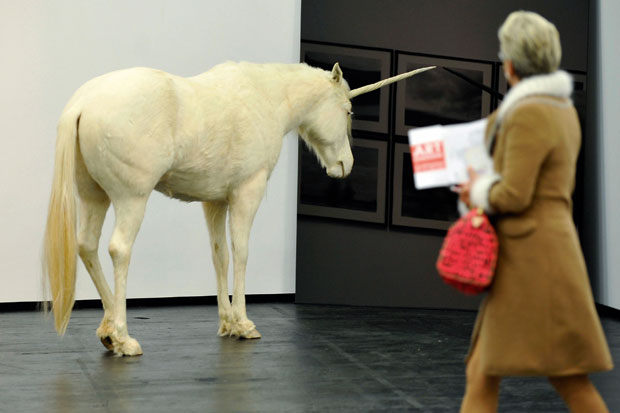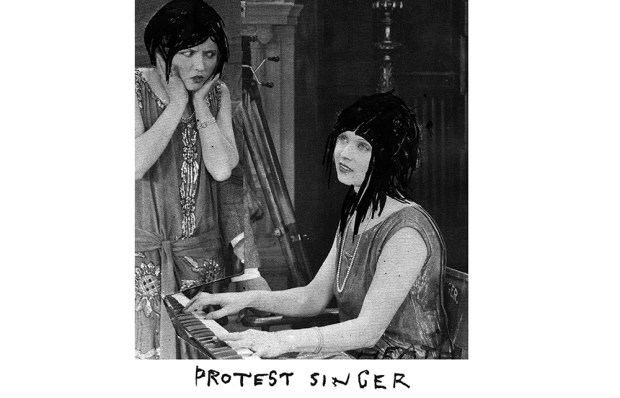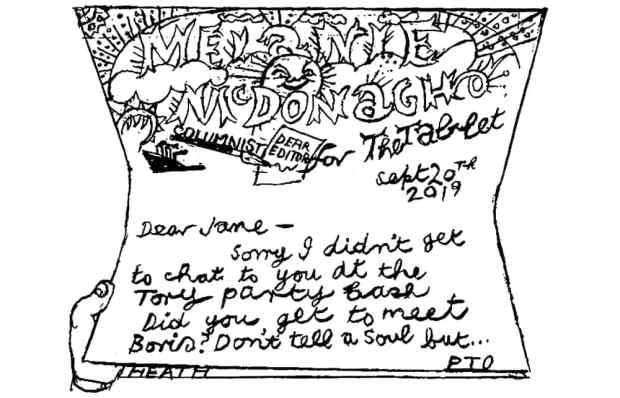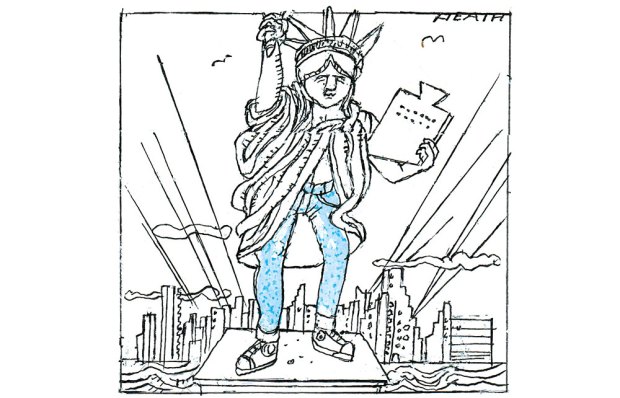In 1967, two Cologne-based gallerists came up with the Cologne Art Market — a trade fair where German galleries could set up temporary gallery-style spaces for a few days to showcase their stock. The following year, three dealers in Basel copied the idea but opened up their event to international galleries. For years these two art fairs were discrete yearly shows which were in the background to far more visible gallery exhibitions, museum shows and biennials.
Today there are hundreds of art fairs, with an explosion of these in the last few years. Last December 18 different art fairs took place in the same week in Miami alone. There are nine art fairs in New York this week. Next week there are art fairs in Hong Kong, San Francisco and Athens. Major gallerists end up doing more than ten fairs a year. Art fairs have become the favoured location for people to look at and buy contemporary art. Conversely, commercial gallery exhibitions seem to be on the wane, with gallerists outside the very top tier (David Zwirner, White Cube and so on) reporting fewer visitors and a shift towards doing most of their business at fairs.
There is some scepticism from art world insiders about this. The Art Newspaper and Financial Times writer Georgina Adam coined the term ‘fairtigue’ to describe her reaction to the ever-growing roster of fairs. Curators tend to be sniffy about fairs and artists always profess to hate them. And yet there is something appealing about being able to look at gallery presentations without having to press a buzzer of a gallery and negotiate the frosty stares of front-desk staff. Fairs even out the power structure that dealers in their galleries enjoy, where gallerists sit in their office and scrutinise whether you are important enough for them to grace you with their presence. Fairs are more democratic than the gallery circuit — aside from preview days, celebrity collectors have to share the same space as anyone who stumps up for a ticket. There is no overall curatorial concept to grips with, nor any press releases filled with regurgitated critical theory.
The proliferation of fairs and the steadily rising awareness of the role that the internet can play in buying art do seem to point to a future where gallery exhibitions are less about sales and more about building an artist’s career. And even though such exhibitions play an important role in developing artists’ CVs and pushing up prices, it does mean that gallery spaces might start to become very expensive loss-leaders for most art dealers. The model of dedicated collectors spending weekends looking at exhibitions is most probably on its way out, replaced by an international circuit of fairs that more accurately convey what is happening in a rapidly globalising art world. And with collectors now living around the world, the idea of limiting looking at art to a few galleries in New York, London and Berlin seems outdated. As the art critic Jerry Saltz concluded last year: ‘Do we need art fairs? I don’t. But for now and for whatever complex reasons, we do. That’s how the art game works right now.’
Got something to add? Join the discussion and comment below.
Get 10 issues for just $10
Subscribe to The Spectator Australia today for the next 10 magazine issues, plus full online access, for just $10.
You might disagree with half of it, but you’ll enjoy reading all of it. Try your first month for free, then just $2 a week for the remainder of your first year.














Comments
Don't miss out
Join the conversation with other Spectator Australia readers. Subscribe to leave a comment.
SUBSCRIBEAlready a subscriber? Log in